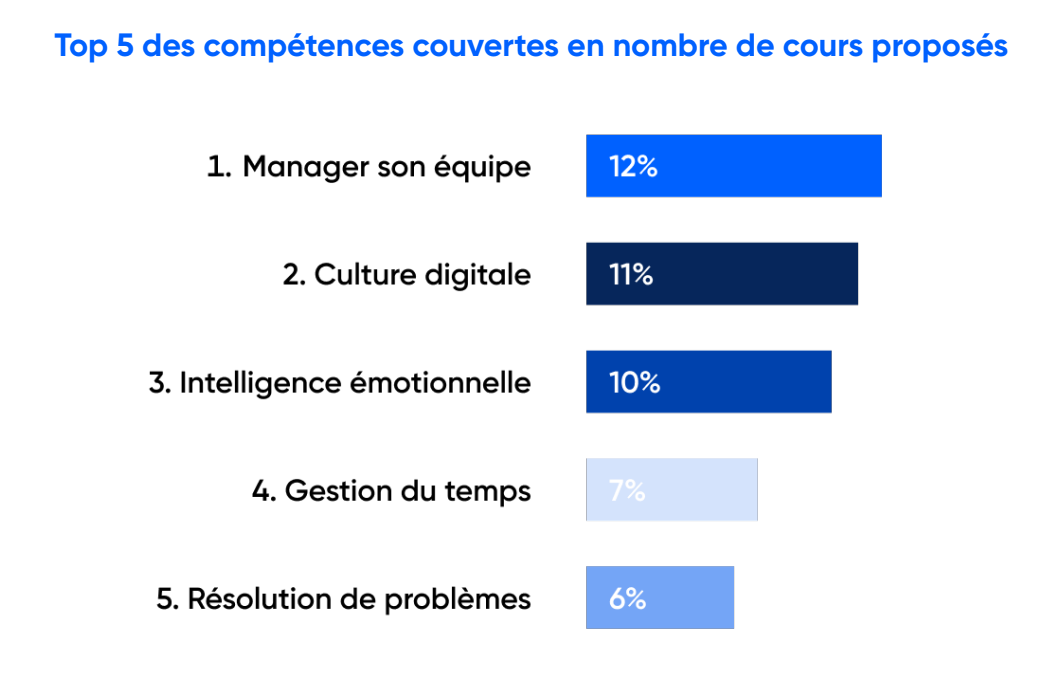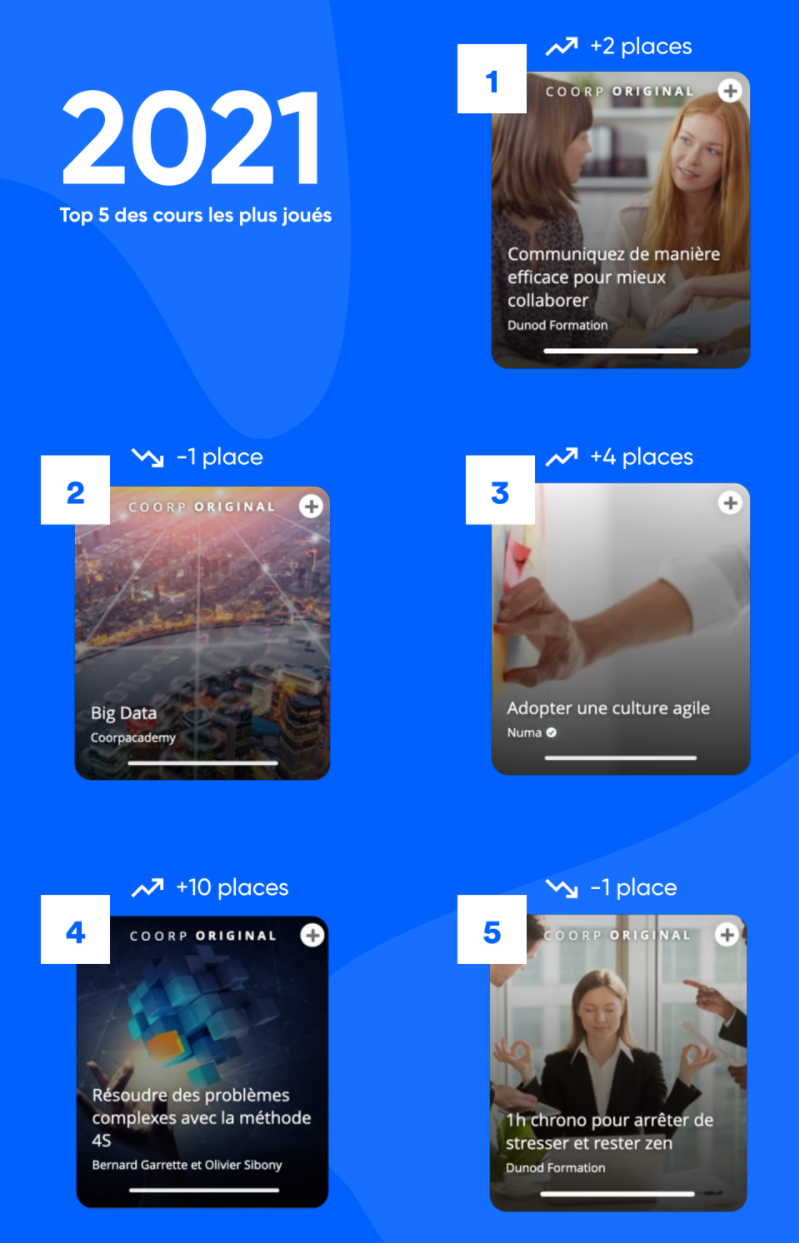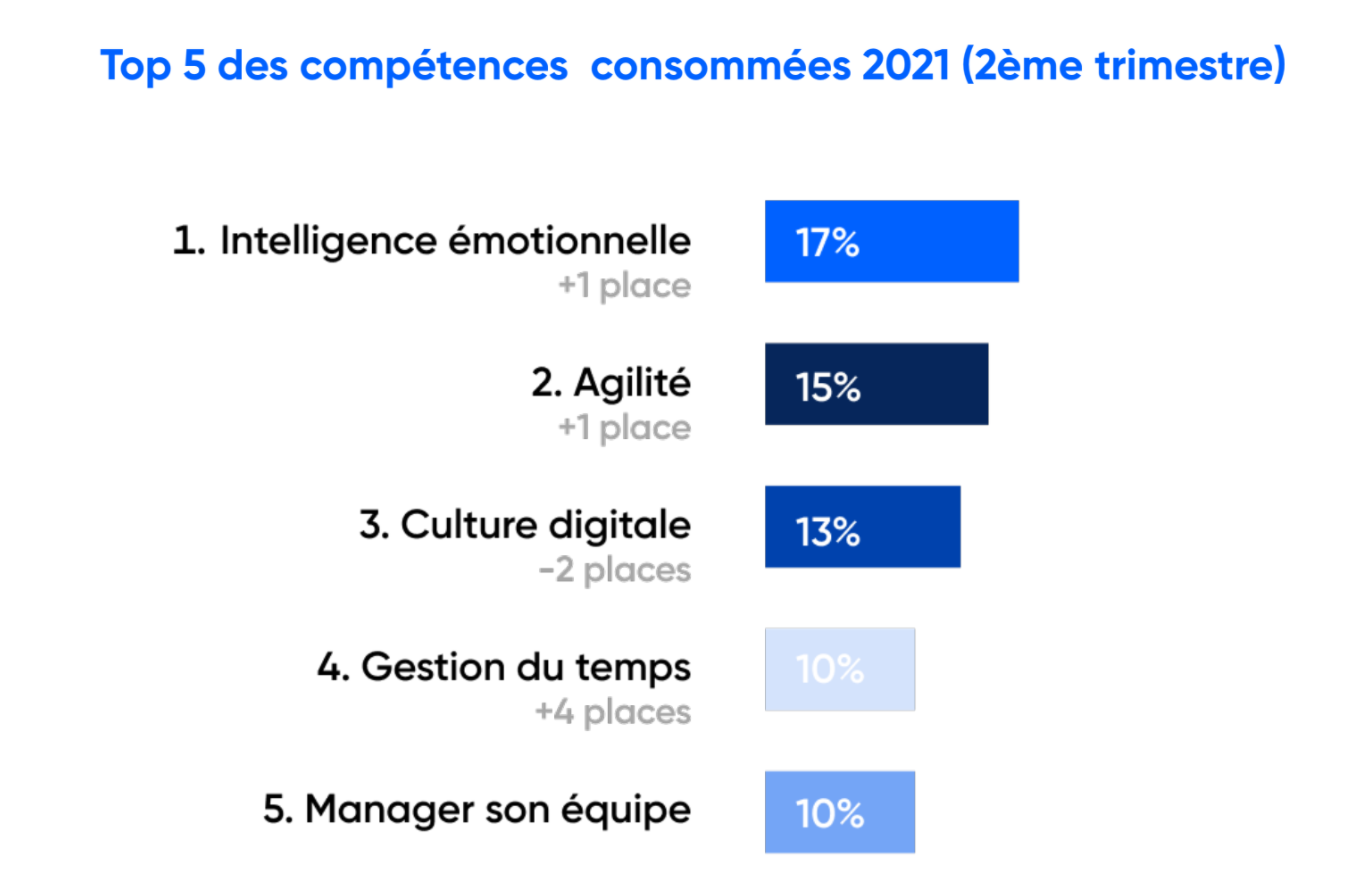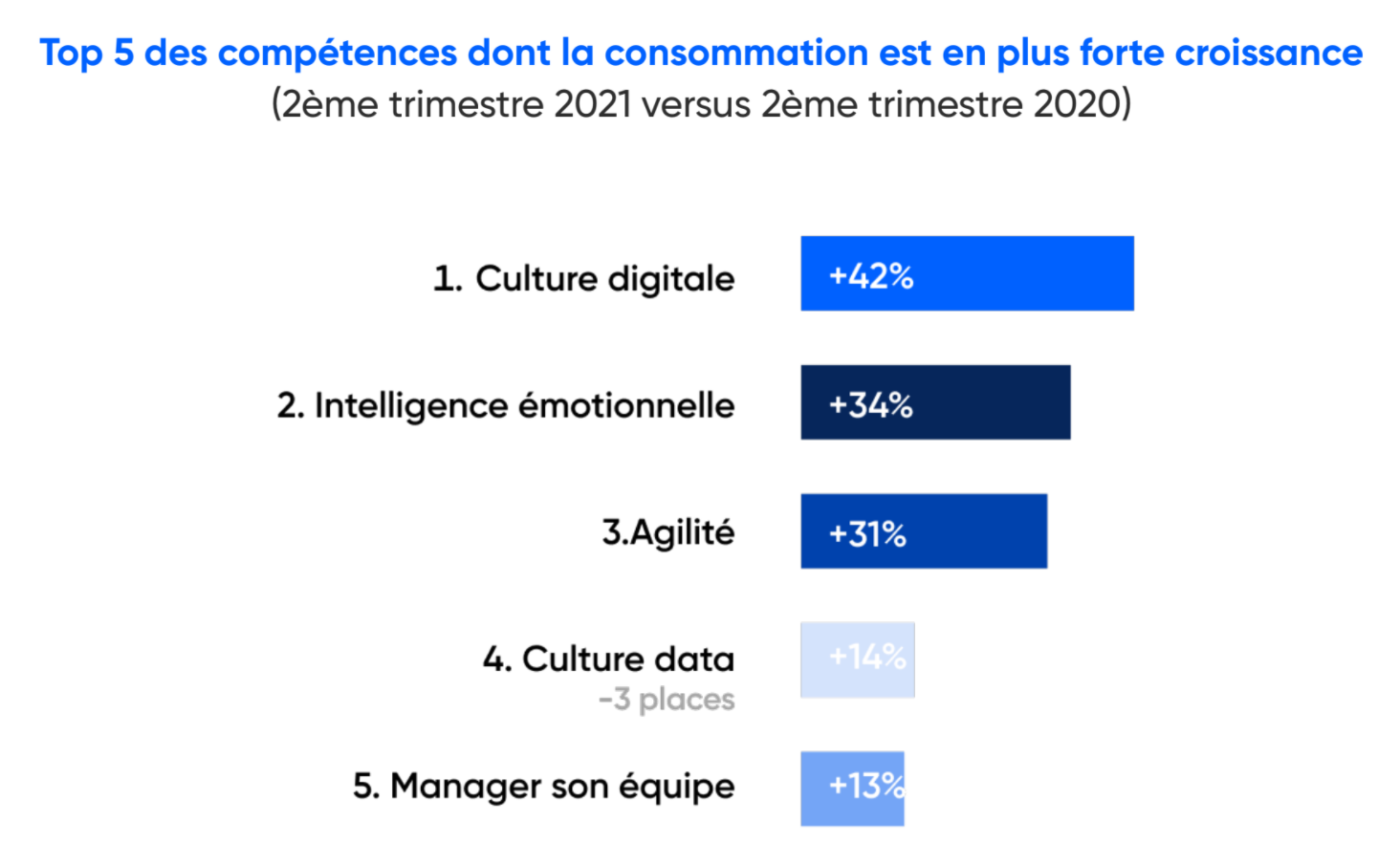The majority (56%) of the employees who trained during the Covid are in large companies (2,000 or more), compared to about a quarter in companies with 10 to 49 employees, according to the study “Impact de la crise sanitaire sur les mobilités, les projets, les aspirations professionnelles, les compétences et le travail” (Impact of the health crisis on mobility, projects, professional aspirations, skills and work) conducted from March 2020 to May 2021 by the Céreq and coordinated by Ekaterina Melnik-Olive. Yet their needs in terms of tools and training are just as important as those of large companies, and sometimes even more impactful. So what if we were all SMEs?
The Swiss Federation for Continuing Education FSEA examined the influence of the coronavirus crisis on continuing education in SMEs earlier this year. According to the study, which was published on 10 May 2021, “a majority of companies attribute a high degree of importance to continuing education in coping with the effects of the pandemic.” As with large companies, “one third of SMEs surveyed indicate that employees need new or different skills”. Thus, training is an issue for all. However, SMEs are often obliged to make a quick return on the costs of training their employees, their expectations are immediate. Their employees therefore need concrete training that can be activated quickly. Increasing the skills of their teams is a race against the clock and against the constantly accelerating evolution of the markets. They are therefore looking for agile, digital solutions covering a variety of subjects, to meet the needs of their teams and their constraints.
Finally, what SMEs are looking for is a need that can be found in all companies, and it is a common benefit to demand that training provides a concrete and immediate benefit. To meet this legitimate demand, digital learning is an ideal solution, because training then becomes massive and accessible quickly, from anywhere, and for everyone. In addition to this increased accessibility, providing employees with a solution that can be accessed at the click of a button also saves a considerable amount of time, compared to face-to-face training systems. Employees can learn about different subjects from their workplace in just a few minutes.
Thus, we would all benefit from demanding training as much as SMEs do in terms of cost effectiveness and usefulness. Training on a “small scale” is just as necessary and impactful for business transformation, especially in the long term. If SMEs need solutions that can be activated quickly to meet their immediate needs, then digital learning solutions will be able to make training an automatic and a tool to prepare SMEs to become… large companies.




